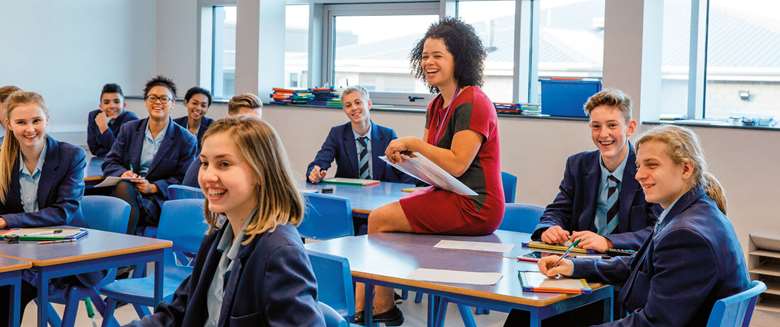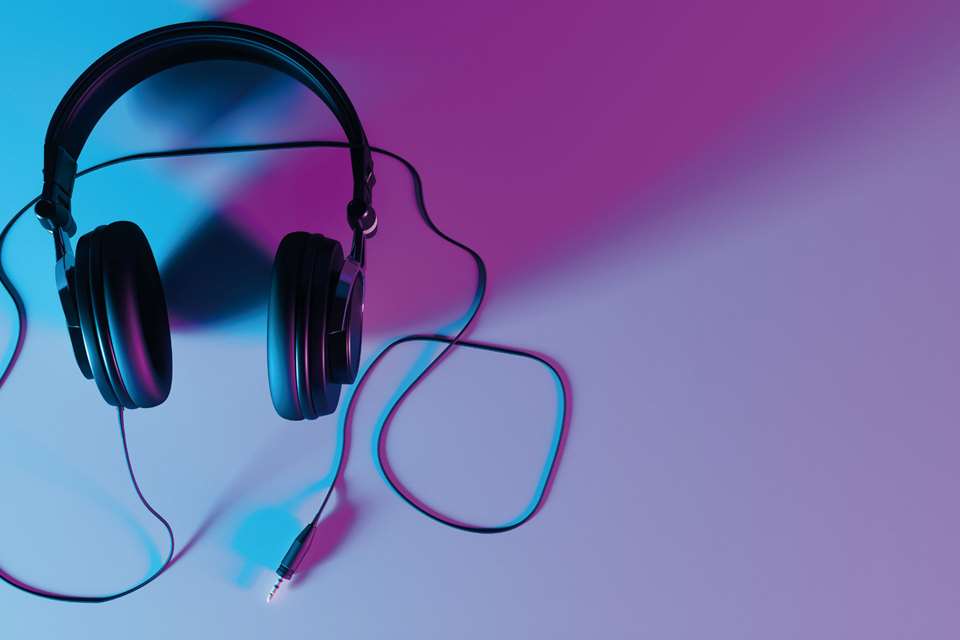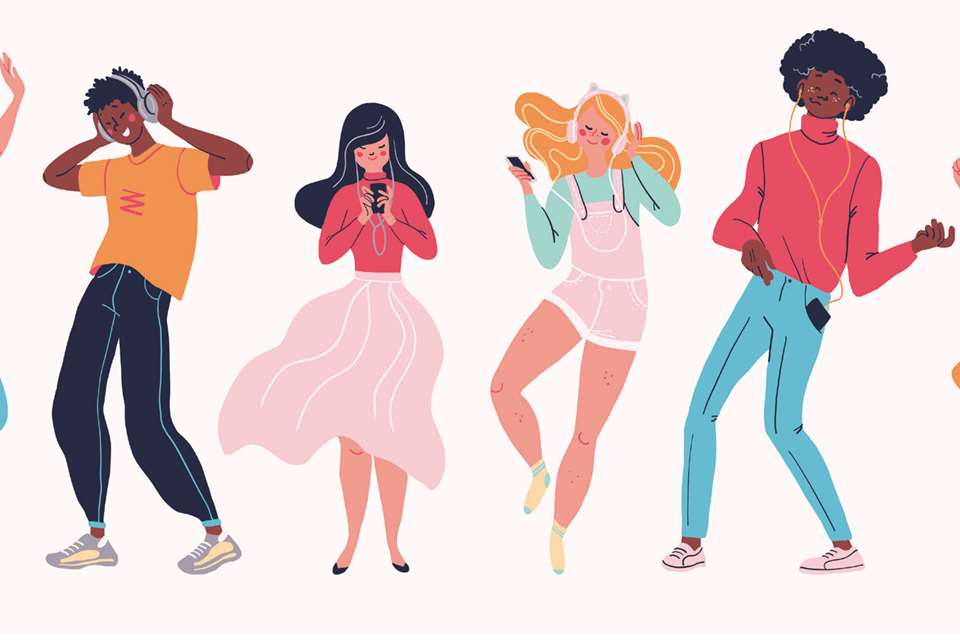Whip Around or Pass: an adaptable game for classroom engagement
Adam Hockman
Thursday, September 1, 2022
The new school year provides an opportunity to try new strategies or update your existing toolkit. Adam Hockman outlines an adaptable game you can use to promote student engagement in the music classroom.

dglimages/AdobeStock
When students start to squirm, talk to their neighbours, or look out the window, so follows the rest of your detailed lesson plan. You've lost their interest and attention, and your new mission is to bring them back into the fold so that you can move forward with instruction.
Most music classes are replete with active engagement opportunities—students using their voices, playing hand instruments, and moving around the room—but there are other important moments when you need to capture students’ focused attention so that you can introduce new concepts, rules, or skills. One easy-to-implement strategy for getting students back on track is Whip Around or Pass.
The game
Merrill Harmin (1994) first introduced Whip Around or Pass as a strategy for getting students to take turns during group instruction. Here's how it works: at various points during a class, the teacher poses a question or sets up a discussion prompt and begins to whip around the classroom (going up and down rows, or around in a circle), asking each student to contribute a response. If the teacher lands on someone without a response, that student can say ‘pass’, but after making it through everyone else, the teacher then whips back around to get an answer from the student(s) who passed on their turn. Everyone gets a turn, and everyone has accountability for responding.
Take this example: We're going to play Whip Around or Pass. Tell me what you observed in that piece we just listened to. Everyone think on their own for a moment and give me a thumbs up when you have an answer to share.
With this opener, you provide the prompt and an opportunity for students to think on their own before sharing aloud with the group. Once you see thumbs up from most of your students, call on one to start. That student might jump in with, ‘I heard a violin playing a melody with an orchestra in the background.’ That's a strong answer that can inspire others to put forward their ideas, so lean in with affirmative feedback like, ‘Yes, that violin was playing a solo with an orchestra.’ Move on to another student, who might say, ‘It was very slow at the end of the piece,’ or, ‘The flute played the same piece over and over again.’ Acknowledge all of these responses with positive feedback and continue working the room till you make it through all of your students.
Enhancing the game
Whip Around or Pass is as simple as that, but there are a few more things you can do to improve how you use it:
- Set students up for success. Whip Around or Pass works for students at all ages and in all year groups, but you may need to inject more support or scaffolding to increase the quality of contributions depending on the skill level of your students. You could give the class a sentence starter: ‘We're going to play Whip Around or Pass. When it's your turn, begin your answer by saying, “In that piece, I heard…”’ This will give them some language to use while thinking on their own, and a way to formulate a coherent response when it's their turn to share their answer. You can provide this scaffolding for your whole class or only for students who might need the extra support.
- Provide sufficient thinking time. Whip Around or Pass is not a ‘gotcha game’ to see who is paying attention. It's an active recall game, where students are encouraged to think through a response, present it to the class, and get appropriate feedback from the teacher. Rather than going straight to calling on the first student, you pose the question or prompt and allow everyone to think on their own, possibly whisper-rehearsing their answer to themselves. In the example above, the teacher told students to give a thumbs up once they are ready with a response – this is a good way to know how much time your students actually need to formulate their answers, and therefore when it's time for you to start whipping around.
- Practise in pairs before sharing with the group. In addition to individual thinking time, it's beneficial to have students practise their responses with a partner before sharing with the class. This is another way Whip Around or Pass can encourage participation, promote recall, and yield high-quality responses from as many students as possible.
- Pick a random starting point. You want to keep students on their toes. Instead of always picking the same student to start the game, for each question or prompt randomly select a new starting location and move in different directions. That might mean going in a circle from right to left and then left to right, or starting with the back row and moving to the front and then reversing that order.
- Move at a brisk pace. Play the game as quickly as possible, while still encouraging valuable contributions. It's easy to call on a student and wait 10 seconds or more for them to stumble through an idea or to generate little while you coax them. This slows the momentum of the game and can have a negative effect on other students. You can reduce this problem by following the first three tips in the list: sentence starters, individual thinking time, and partner rehearsing. Then, as you play the game, move at a brisk pace, and when you get to a student who does not have a formed response, say ‘pass’ (or encourage them to say it) while reminding them that you'll come back to them.
Try out Whip Around or Pass multiple times with your students across weeks and months. If you play frequently enough, students will start to think faster and respond better during individual thinking time and partner rehearsal. They will also discover that it's better to share an answer at the start of the game than at the end, when more of the possible answers have already been put out there. It's exciting to see how students evolve in their participation. Students who might not have anything to say at the start of the school year can grow into rock star participants by the end. Whip Around or Pass can be one of the best strategies in your toolkit for getting students to attend to what they see, hear, think, and feel.





